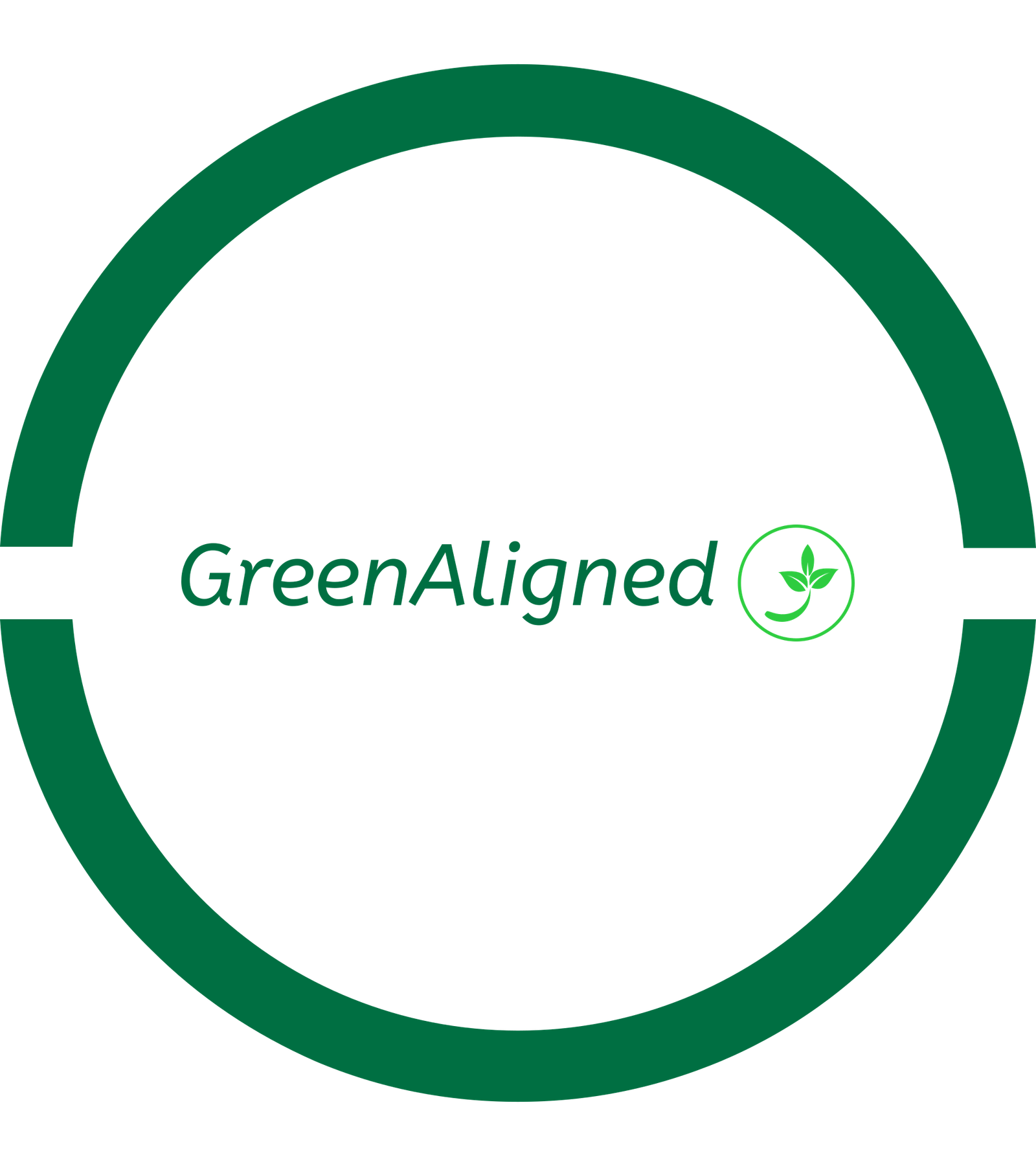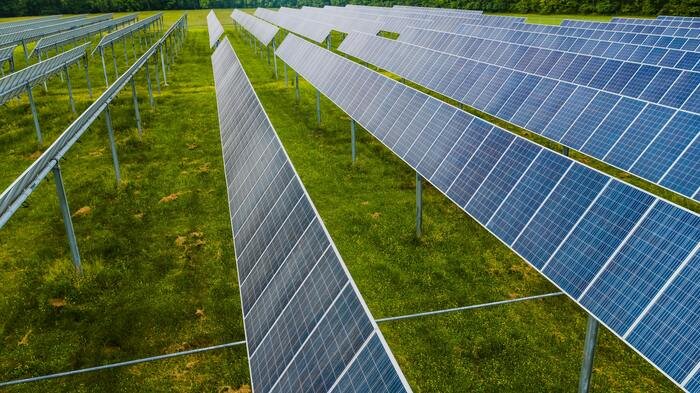It is not necessary to decrease your usage or sacrifice comfort to conserve energy and lower your bills. With the help of innovative and affordable technologies, it is now easier than ever to enhance the efficiency of your home, resulting in reduced electricity and fuel consumption, lower utility expenses, and a smaller impact on the environment. Here are a few simple measures you can implement in your home to effectively save on energy costs and lower your bills.
1. Replacing Light Bulbs
Conventional incandescent bulbs have a tendency to consume excessive amounts of electricity and have shorter lifespans when compared to energy-efficient alternatives. When buying bulbs, it is advisable to look for the Energy Star symbol, which signifies government-supported energy efficiency. For example, LED bulbs that are Energy Star-certified can use up to 90 percent less energy than traditional incandescent bulbs while still providing the same level of brightness. Although energy-efficient bulbs may have a higher upfront cost, their efficient energy consumption and longer lifespan result in reduced long-term expenses.
2. Using Smart Power Strips
Phantom energy, also known as standby energy, refers to the electricity consumed by electronics when in standby or off mode, which can add up significantly. According to the U.S. Department of Energy (DOE), standby energy can account for 5 to 10 percent of residential energy usage, leading to an average annual expense of up to $100 for households. Smart power strips, also known as advanced power strips, tackle this issue by cutting off power to electronics when not in use. They can be programmed to shut off appliances at specific times, during periods of inactivity, through remote switches, or based on the status of a designated “master” device.
3. Installing a Programmable or Smart Thermostat
Smart thermostats are a convenient solution for reducing energy consumption related to heating and cooling, eliminating the need for a complete HVAC system upgrade. These devices are capable of automatically adjusting or turning off heating and cooling functions based on your schedule, whether you are asleep or away. ENERGY STAR suggests that using a smart thermostat could result in approximately 8 percent savings on heating and cooling expenses. However, the actual amount saved may differ based on factors like local climate, personal comfort preferences, household occupancy, and the condition of HVAC equipment. Certain smart thermostats can also send alerts for air filter replacements or HVAC system problems, further optimizing the efficiency of your heating and cooling system.
4. Investing in Energy-efficient Appliances
It is essential to take into account both the initial cost and the long-term operational costs when choosing appliances. Despite the higher upfront price of energy-efficient appliances, they usually result in lower monthly utility expenses. Opt for appliances with the Energy Star label, a government-backed certification that signifies decreased energy usage in comparison to regular models. The amount of energy saved differs based on the type of appliance. For example, Energy Star washing machines generally use approximately 20 percent less energy than traditional models, while Energy Star refrigerators consume 9 percent less energy.
5. Reducing Water Heating Expenses
Reducing water heating costs is crucial, as it makes up a significant portion of overall home energy usage. In addition to choosing an energy-efficient water heater model, there are several other effective strategies to lower water heating expenses:
- Minimize hot water consumption by taking shorter showers, using cold water for laundry when possible, and promptly fixing any leaks in faucets or showerheads.
- Lower the thermostat setting on your water heater to 120°F (49°C) or the “warm” setting. This helps reduce standby heat losses and energy costs without sacrificing comfort.
- Insulate the water heater tank and the first 6 feet (1.8 m) of hot and cold water pipes connected to it. This helps retain heat and improves performance.
When selecting a new water heater, consider the type and fuel source. For example, tankless water heaters are highly efficient but may not meet the hot water demands of large households due to capacity limitations. Heat pump water heaters, on the other hand, offer a highly efficient alternative to standard electric models. An Energy Star-certified heat pump water heater can save a family of four approximately $550 annually compared to a conventional electric water heater. Although heat pump water heaters typically have a higher initial cost, many homeowners can take advantage of tax credits and rebates when upgrading to these energy-efficient appliances.
6. Installing Energy-efficient Windows
The Department of Energy (DOE) states that windows account for 25 to 30 percent of a home’s heating and cooling energy losses. Swapping single-pane windows for double-pane options can help reduce heat loss. In colder areas, low-emissivity (low-e) storm windows offer excellent insulation, leading to significant savings on heating expenses. Low-e storm windows, whether installed inside or outside, can decrease heat loss by 10 to 30 percent, especially beneficial in regions prone to harsh weather conditions.
In warmer climates, managing heat gain through windows is a concern. Low-e window coatings not only prevent heat loss but also minimize heat gain by reflecting sunlight and reducing thermal heat transfer. Energy Star classifies the most efficient windows based on climate zones, aiding in selecting suitable options. Additionally, window treatments like shades, shutters, screens, and awnings create extra insulation layers, promoting energy efficiency and improved temperature control. Some states and utility companies offer incentives for transitioning to energy-efficient windows.
When seeking energy-efficient windows, pay attention to two important labels:
- Energy Star label: Offers detailed information similar to appliance labels.
- National Fenestration Rating Council (NFRC) label: Enables comparison of energy-efficient windows, doors, and skylights by providing energy performance ratings in various categories.
7. Upgrading HVAC System
Upgrading your HVAC system with Energy Star-certified heating and cooling equipment can save you nearly $140 annually on energy costs. It is important to select HVAC equipment that is suitable for your climate, whether you choose heat pumps or a natural gas furnace. Heat pumps are a cost-effective option for efficiently heating and cooling your home. If you do not have a heat pump, you will need separate systems for cooling and heating. Improving the efficiency of your ventilation system by sealing and insulating ducts can further reduce energy waste and save you up to 20 percent on heating and cooling expenses each year.
8. Weatherizing Home
Weatherizing your home, which involves sealing air leaks, is an effective method to reduce heating and cooling costs. The protective barrier, known as the “building envelope,” separates the interior from the exterior, shielding against weather, air, and moisture. Air leaks can often be found in vents, windows, and doors.. To prevent these leaks, it’s important to ensure there are no gaps or openings between the wall and these structures.
Caulk can be used to seal air leaks between stationary objects like walls and window frames, while weather stripping is suitable for sealing gaps between moving objects such as windows and doors. These simple air-sealing techniques, caulking, and weather stripping, typically provide a quick return on investment within a year. Air leaks can also occur through openings in walls, floors, and ceilings due to plumbing, ductwork, or electrical wiring.
Heat loss often happens as hot air rises and escapes through small openings like ducts, light fixtures, or the attic access hatch. Since heat naturally moves from warmer to cooler areas, inadequate insulation in the attic can lead to higher heating bills. Energy-efficient standards like the Passive House criteria emphasize specific thermal performance requirements for the building envelope. Fully insulating your home is a key step to maximizing the benefits of weatherization efforts.
9. Insulating Home
Insulation is vital for reducing utility costs by conserving heat in winter and blocking heat in summer. The amount needed varies by area: attic, walls, floors, basement, and crawlspace. An energy audit can pinpoint where insulation is needed, optimizing energy efficiency and potentially saving 15% or more on heating and cooling bills.
10. Energy Audit Edge
A typical home energy audit involves a thorough examination of your property:
The auditor inspects the exterior, focusing on windows, walls, and eaves to identify any potential air leaks. In the attic, they assess insulation quality and check for proper sealing around electrical penetrations. The furnace, water heater, and duct connections are evaluated for efficiency and potential leaks.
A blower door test is commonly conducted to pinpoint air leakage and assess indoor air quality. This test involves pressurizing the house and using an infrared camera to detect areas of heat loss. Lighting fixtures are also reviewed during the audit.
The cost of a professional energy audit varies based on the company and property size. While there may be upfront expenses, the long-term savings on energy bills make it a worthwhile investment. Energy efficiency upgrades following the audit can lead to savings of 5 to 30 percent on energy costs, as per the Department of Energy (DOE).
11. Washing Clothes in Cold Water
The majority of Americans consider washing clothes to be an important part of their weekly routine, but it also consumes a considerable amount of energy. Energy Star states that heating water accounts for around 90 percent of the energy used when operating a washing machine. However, some suggestions washing clothes in cold water could potentially increase their lifespan.
12. Cleaning or Replacing Air Filters
Many household systems, including HVAC units, depend on filters that need to be cleaned or replaced regularly. By keeping the filters clean, you can improve the efficiency of your system and reduce the strain on it. However, this important task is often overlooked. It is recommended to refer to the manufacturer’s instructions for your specific equipment, but generally, cleaning should be done on a monthly or bi-monthly basis.
13. Using Toaster Oven
Meal preparation, which involves heating food, is crucial but can consume a significant amount of energy. Opting for a toaster oven instead of a traditional oven can help conserve energy, particularly when dealing with smaller portions. In general, microwaves are the most efficient choice for reheating food.
14. Using Natural Light
Utilizing sunlight is a natural approach to minimizing energy consumption. Windows facing north and south enable the entry of gentle, indirect sunlight, creating warmth and minimizing intense glare during winter. On the other hand, windows facing east and west allow for more direct sunlight but may not be as efficient in retaining heat. Additionally, the presence of trees and nearby structures can offer shade and act as a barrier against winds from different directions, thereby enhancing energy efficiency.
15. Adjusting Daily Habits
Reducing energy usage in your home doesn’t always require buying new energy-efficient products. Basic habits such as switching off lights and appliances when not needed can have a significant impact. Choosing to do manual household chores also decreases reliance on energy-intensive appliances. For example, air-drying clothes eliminates the energy consumption associated with using a dryer.
Heating and cooling costs usually make up a large portion of utility bills, so reducing the intensity and frequency of these activities can result in substantial savings. Energy monitors offer valuable information about your home’s electricity usage, pinpointing areas of high consumption and identifying the appliances that use the most energy.
Energy-efficient Home Products
There is a wide range of products on the market that can help improve the energy efficiency of your home and reduce your overall energy consumption. Here are some examples of how you can utilize renewable energy sources to reduce your dependence on fossil fuels:
Solar Panels
Utilize solar panels to harness the power of the sun and generate electricity for your home using the abundant sunlight available.
Solar Batteries
By installing solar batteries in conjunction with solar panels, you can store excess solar energy produced during the day for later use when sunlight is not available, thereby maximizing your energy savings.
Heat Pumps
Air source heat pumps provide a more efficient alternative to traditional heating and cooling systems by transferring heat indoors during the winter and outdoors during the summer.
Conclusion
In conclusion, implementing energy-efficient measures such as using LED bulbs, smart power strips, and energy-efficient appliances can significantly reduce energy costs and lower utility bills while benefiting the environment. By making simple changes like adjusting daily habits and utilizing natural light, households can achieve substantial savings on their energy expenses.
Frequently Asked Questions
What consumes the most electricity in an average household?
The HVAC system tops the list as the most energy-intensive component in a home. Heating and cooling operations account for approximately half of the household’s energy usage, as reported by the U.S. Office of Energy Efficiency and Renewable Energy.
What is the average electric bill for a house and an apartment?
According to data sourced from our nationwide EnergySage marketplace, the average electric bill stands at $198. This figure varies significantly based on factors such as location and dwelling size.
Can unplugging devices save money?
Yes, unplugging idle devices throughout your home presents a simple method to trim 5-10% off your electricity bill, as per findings from the U.S. Department of Energy.
How can energy be conserved during work hours?
Implementing a smart thermostat, enhancing home insulation, and upgrading the HVAC system are effective strategies for conserving energy while away at work.
During which month is energy consumption at its peak?
Energy consumption typically peaks during the summer months, attributed to the heightened use of air conditioning systems in homes and offices to combat rising temperatures.




